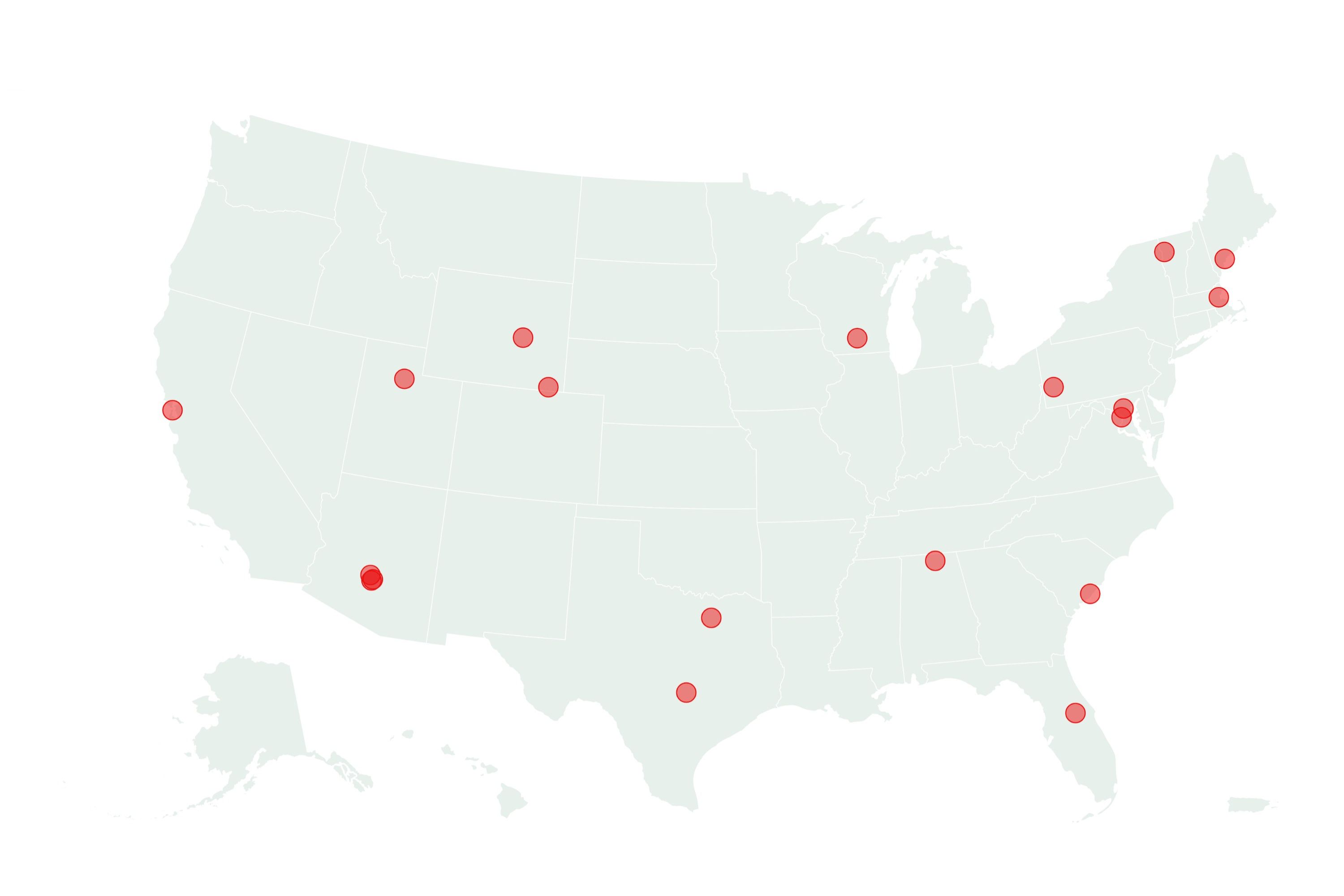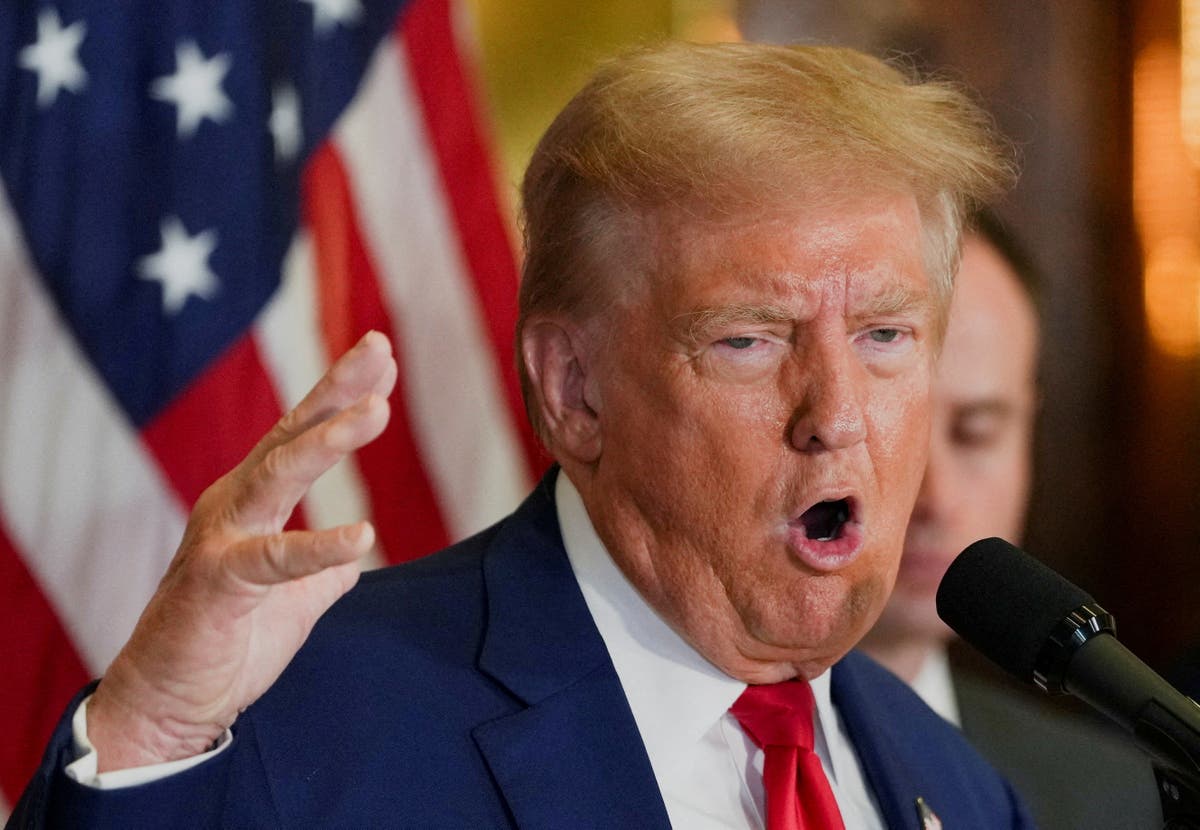Jobs
It’s different now: Tariffs can boost U.S. jobs, wages, and the economy, finance professor says

-
Today’s U.S. economy is much different than the one that was crushed by disastrous tariffs in the 1930s, according to finance professor Michael Pettis, who thinks tariffs could boost U.S. jobs, wages, and living standards.
Economists should be careful not to draw the wrong lessons from history as President-elect Donald Trump prepares to take office with a pro-tariff agenda.
That’s according to Michael Pettis, a finance professor at Peking University’s Guanghua School of Management and a nonresident senior fellow at the Carnegie Endowment for International Peace.
In a column in Foreign Affairs late last month, he argued that today’s U.S. economy is much different from the one that was crushed by disastrous tariffs in the 1930s. The key difference is that America now has excessively high consumption, while it had low consumption and excess savings when the Smoot-Hawley Tariff Act was passed in 1930.
“Done under current circumstances, in other words, tariffs could increase employment and wages in the United States, raising living standards and growing the economy,” Pettis wrote.
On the campaign trail, Trump vowed to impose duties of 10%-20% across the board while singling out China with duties of up to 60%. And on the social media platform X on Thursday, he praised tariffs further.
“The Tariffs, and Tariffs alone, created this vast wealth for our Country,” Trump wrote. “Then we switched over to Income Tax. We were never so wealthy as during this period. Tariffs will pay off our debt and, MAKE AMERICA WEALTHY AGAIN!”
Economists generally consider tariffs inflationary and harmful to growth. In fact, the Congressional Budget Office said last month that Trump tariffs would result in a 0.6% reduction in real GDP by 2034.
But Pettis cautioned that tariffs are neither a panacea nor poison, because their impact varies depending on what the economic circumstances are.
In the case of the Smoot-Hawley tariffs, they went into effect during the Great Depression, when demand was crashing as other countries were taking similar steps on trade. The U.S. also had the world’s largest trade surplus and top global exporters with production outstripping domestic demand.
Fast-forward to today: The economy is nearly the total opposite and is no longer producing far more than it can consume, Pettis noted.
While tariffs act as a tax on consumers, they also essentially subsidize domestic producers, who can add jobs and raise wages that eventually lead to more consumption, he explained.
But if U.S. firms were facing weak domestic demand, tariffs would make matters worse. And if the global economy couldn’t absorb more U.S. exports, then tariffs would depress domestic production.









